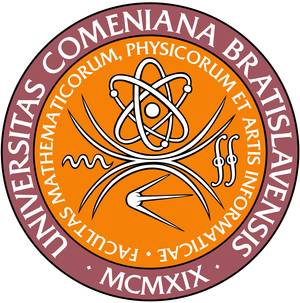Investigating The Combined Antiyeast Efficacy Of Plasma-Activated Water And Natural Phenolics On Planktonic Debaryomyces Hanseni
Kimani B G, Mehrabifard R, Galmiz O, and Machala Z
25th Symposium on Applications of Plasma Processes (SAPP XXV) & the 14th EU-Japan Joint Symposium on Plasma Processing, Štrbské Pleso, Slovakia, January 31 - February 5, p. 205-208 (2025)
download
|
|
Abstrakt: Plasma-activated water (PAW) has gained attention as a potent antimicrobial agent, demonstrating its
capacity to regulate the growth of microorganisms. The production of PAW entails exposing water to cold
atmospheric plasma (CAP) which introduces short and long-lived reactive oxygen and nitrogen species (RONS)
such as H2O2, O3, NO2− , NO3− and OH radicals. The reactive species in PAW interfere with the structural integrity
and functional capabilities of microbial cells. Phenolic compounds are secondary metabolites in plants known for
their health-promoting and antimicrobial properties. The combination of PAW with natural compounds as an
antiyeast strategy could potentially yield additive or synergistic effects. Such an approach may broaden the
antimicrobial spectrum and delay the development of microbial resistance.
This study involved the use of 1 kHz transient spark (TS) discharge PAW combined with cinnamic acid, vanillin,
gallic acid and p-coumaric acid separately to create phenolics concentration of 2 or 1 mg/mL, and incubated with
106 CFU/mL of yeast Debaryomyces hansenii SZMC 8045Mo for 24 hours at 30 oC. In addition, 106 CFU/mL of D.
hansenii in sterile tap water was directly treated with TS for 10 min and incubated with each of the four natural
compounds under similar conditions. The efficacy of the PAW-phenolics was evaluated through agar plated
colony counts. The results of this study suggest that the integration of PAW with natural phenolics constitutes
an effective approach for combating yeast.
|

